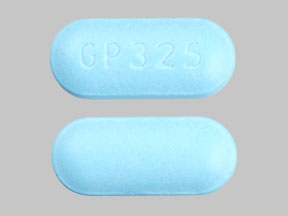Acetadryl Interactions
There are 560 drugs known to interact with Acetadryl (acetaminophen / diphenhydramine), along with 11 disease interactions, and 2 alcohol/food interactions. Of the total drug interactions, 23 are major, 522 are moderate, and 15 are minor.
- View all 560 medications that may interact with Acetadryl
- View Acetadryl alcohol/food interactions (2)
- View Acetadryl disease interactions (11)
Most frequently checked interactions
View interaction reports for Acetadryl (acetaminophen / diphenhydramine) and the medicines listed below.
- acetaminophen / dichloralphenazone / isometheptene mucate
- Colcrys (colchicine)
- Drisdol (ergocalciferol)
- Estroven (multivitamin with minerals)
- Gralise (gabapentin)
- hydrochlorothiazide
- Lamictal (lamotrigine)
- Lorcet (acetaminophen / hydrocodone)
- Lorcet 10 / 650 (acetaminophen / hydrocodone)
- Lyrica (pregabalin)
- MS Contin (morphine)
- naproxen
- prednisone
- Prilosec (omeprazole)
- tramadol
- triazolam
- Wellbutrin SR (bupropion)
- Xopenex HFA (levalbuterol)
- Zocor (simvastatin)
- Zohydro ER (hydrocodone)
- Zoloft (sertraline)
Acetadryl alcohol/food interactions
There are 2 alcohol/food interactions with Acetadryl (acetaminophen / diphenhydramine).
Acetadryl disease interactions
There are 11 disease interactions with Acetadryl (acetaminophen / diphenhydramine) which include:
- alcoholism
- liver disease
- depression
- PKU
- anticholinergic effects
- asthma/COPD
- cardiovascular
- renal/liver disease
- glaucoma
- liver disease
- resp depression
More about Acetadryl (acetaminophen / diphenhydramine)
- Compare alternatives
- Drug images
- Side effects
- Dosage information
- During pregnancy
- Drug class: analgesic combinations
Related treatment guides
Drug Interaction Classification
| Highly clinically significant. Avoid combinations; the risk of the interaction outweighs the benefit. | |
| Moderately clinically significant. Usually avoid combinations; use it only under special circumstances. | |
| Minimally clinically significant. Minimize risk; assess risk and consider an alternative drug, take steps to circumvent the interaction risk and/or institute a monitoring plan. | |
| No interaction information available. |
See also:
Further information
Always consult your healthcare provider to ensure the information displayed on this page applies to your personal circumstances.


